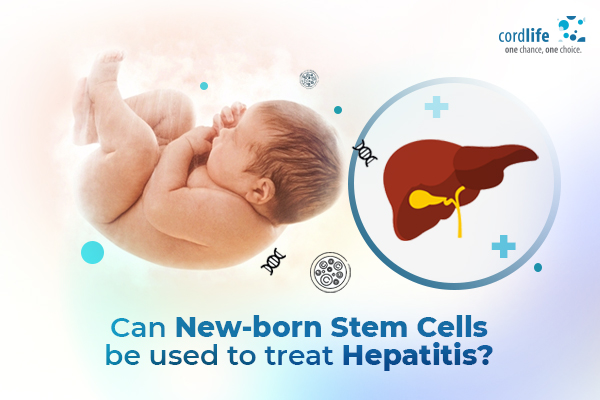Table of Contents
The liver which is located in the upper right-hand side of the abdomen, performs many important functions that might affect the regular metabolism of human body – like:
- Breaking down carbohydrates, fats and proteins, storing glycogen, minerals and vitamins,
- Filtering toxins and
- Eliminating cholesterol, hormones and bilirubin.
But, sometimes, the liver might dysfunction or might suffer from an inflammation as a reaction that occurs when the liver cells are attacked by disease-causing microbes or substances.
What Is Hepatitis?
Hepatitis is also one such infection. It is caused by other viruses, bacteria, parasites, and toxin reactions to drugs, alcohol, and chemicals leading to liver inflammation, failure and cirrhosis.
What Are The symptoms Of Hepatitis?
According to Centers for Disease Control and Prevention (CDC), approximately 4.4 million people across the world are affected by chronic hepatitis B and C, in which the symptoms start developing slowly. In some cases of hepatitis, symptoms may not occur at all, until there is a liver damage. In acute hepatitis however, flu-like symptoms, fatigue, dark urine, stomach ache, weight loss and skin and eyes turning yellow are some of the common symptoms.
So, the treatment also depends upon its types and severity.
How Is Hepatitis Treated?
While Hepatitis A is an acute and short-term disease, Hepatitis B and C are more likely to become chronic.
In case of hepatitis A, (which is caused by consuming contaminated food or water), the treatment is largely based on addressing the symptoms, monitoring the liver health and getting vaccinated to prevent the affected from falling sick. Medication, hospitalisation or transplantation is rare requirement in hepatitis.
Hepatitis B and C, which is transmitted through injection use, and sexual contact, is normally treated with antiviral medications. Although an expensive treatment procedure, but it requires regular medical evaluation, monitoring, and testing, to check whether the virus is responding to the treatment. However, as a result of chronic hepatitis C, if someone develops liver cirrhosis, the patient might have to get a liver transplantation done.
Can New-born Stem Cells Be Used to Treat Hepatitis?
Haematopoietic Stem Cells was used to treat Hepatitis C
A study had shown that, in November 2000, a 45-year-old man was diagnosed with hepatitis C. Going deep, except getting a few tattoos done, no proper source of the viral infection was found.
To reduce the viral load, he may have been given a combination of antiviral therapy, but he developed a progressive pancytopenia, even after the discontinuation of the antiviral therapy. He also became transfusion dependent. With the outcome of the treatment, it was decided that the patient might eventually need umbilical cord blood (haematopoietic) stem cell transplantation. So, since he did not have any siblings, baby stem cells from unrelated umbilical cord blood were offered for transplantation. Due to Haematopoietic Stem cells’ ability to rebuild blood, except a small post transplantation complication, 9 months after, his liver function was tested normal and the chances of the returning of the viral load were below the levels of detection.
Peripheral infusion of UCMSCs showed good therapeutic effects for HBV-related liver failure
In a study, which had 64 patients affected with HBV-related liver failure and 59 patients with HBV-related liver cirrhosis, after prolonged umbilical cord mesenchymal stem cell (MSC) treatment, significant changes were observed. In fact, those who belonged to the age in-between 16 and 60 years, after the therapy, the patients were excluded from:
- Severe complications including gastric vein rupture, haemorrhage and septicaemia
- Other autoimmune treatable diseases
- Liver transplantation
- Alcoholic liver disease
- Liver cancer
To Conclude
Overall, the long-term effectiveness of umbilical cord (cord blood) stem cell therapy could further be judged in large-scale and well-controlled trial.
